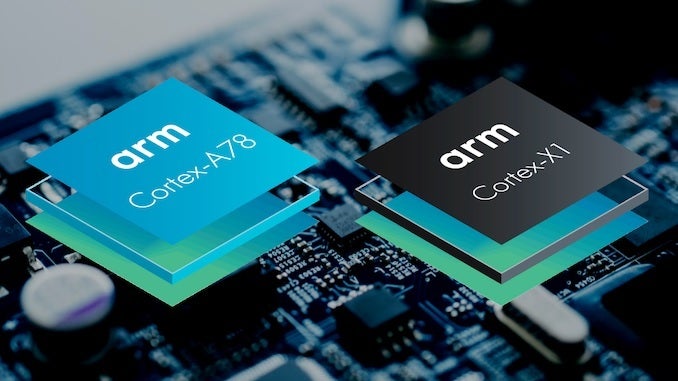Arm’s chip architectures are found in 95% of the world’s smartphones
In fact, Arm’s chip architectures are found in 95% of the world’s smartphones and 95% of the chips designed in China. The FTC in its press release said, “The proposed vertical deal would give one of the largest chip companies control over the computing technology and designs that rival firms rely on to develop their own competing chips. The FTC’s complaint alleges that the combined firm would have the means and incentive to stifle innovative next-generation technologies, including those used to run datacenters and driver-assistance systems in cars.”
Arm is currently owned by Japan’s SoftBank and is considered a neutral participant in the chip industry, something that the FTC pointed out when it wrote, “Arm licenses its Processor Technology using an industry-described neutral, open licensing approach and is often dubbed the “Switzerland” of the semiconductor industry according to the complaint.”
The second market that would be affected by the deal, where NVIDIA is a player using Arm products, is in DPU SmartNICs. These are networking products that increase the efficiency and security of datacenter servers. The third such market is Arm-Based CPUs for Cloud Computing Service Providers. These help run datacenters that provide cloud computing services.
FTC Bureau of Competition Director Holly Vedova says that the regulatory agency is suing to block the largest merger of chip companies in history to prevent a conglomerate from blocking innovation required for next-generation technologies.
The FTC lawsuit seeking to block the merger should not be seen as a surprise. In February, five industry sources and two tech investors said that there was a good chance that the merger would be blocked by at least one regulatory agency. NVIDIA, at the time, said that it was confident that the deal would get approved.


